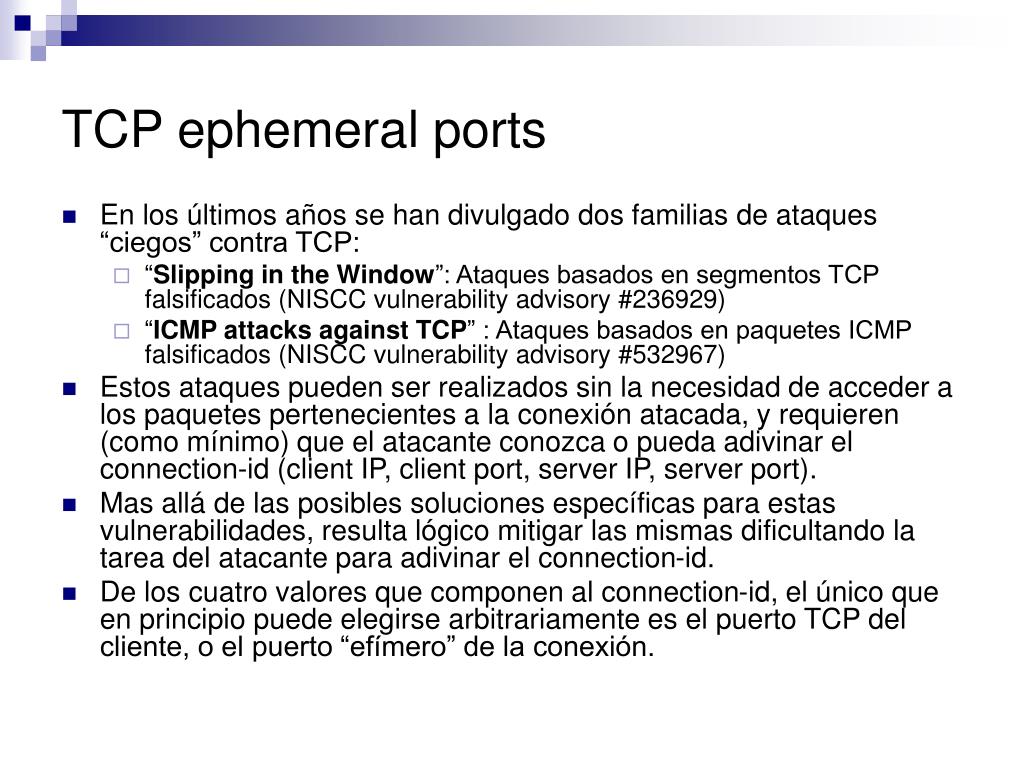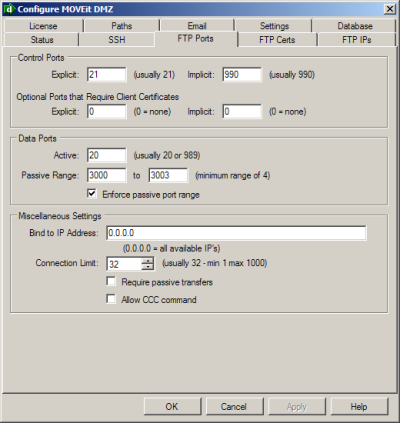

These two modes differ in the way the client / server chooses the port for data (file) transfer.

By default, TCP port 21 is used on the server for the control connection, but the data connection is determined by the method that the client uses to connect to the serverįTP operates in two modes: active and passive. Unlike HTTP and other protocols used on the Internet, the FTP protocol uses a minimum of two connections during a session: a 'data' port and a 'command' port (also known as the control port). The FTP client initiates a connection to a remote computer running the FTP “server”. There is no UDP component involved in FTP. In short, FTP is a protocol for transferring files over the Internet, which uses the TCP/IP protocols to enable the data transfer. Lifetime, sometimes those efforts are overtaken by events.5.1.1 Output of explicit FTPS in FileZillaĥ.1.2 Output of FTPS logs after running Log Parser toolĥ.2.1 Output of implicit FTPS in FileZillaĥ.2.2 Output of FTPS logs after running Log Parser toolįTP stands for File Transfer Protocol. "Clone This Bug" and open it against that version of Fedora.Īlthough we aim to fix as many bugs as possible during every release's Would still like to see this bug fixed and are able to reproduce itĪgainst a later version of Fedora, you are encouraged to click on We may not be able to fix it before Fedora 16 is end of life. To a later Fedora version prior to Fedora 16's end of life.īug Reporter: Thank you for reporting this issue and we are sorry that Plan to fix it in a currently maintained version, simply change the 'version' Package Maintainer: If you wish for this bug to remain open because you This bug will be closed as WONTFIX if it remains open with a Fedora It is Fedora's policy to close allīug reports from releases that are no longer maintained. This message is a reminder that Fedora 16 is nearing its end of life.Īpproximately 4 (four) weeks from now Fedora will stop maintainingĪnd issuing updates for Fedora 16. (I'm not quite sure what the connection is between ftpd_t and ypbind, but that's beside the point.) So that is a workaround, but shouldn't be necessary to run an FTP server, I guess. I noticed that if allow_ypbind is enabled, ftpd_t is allowed to name_connect to, among other things, unreserved_port_t. Selinux denies the server to connect to the client's port. Connect in active mode from a system using a different range. Start vsftpd (or presumably, any other FTP server)Ģ. It happens when a client connects from a system that doesn't follow Linux' port assignment, when that client uses active mode, and when that system happens to choose a port outside the 32768-61000 range.ġ. Version-Release number of selected component (if applicable): So in that case it would make sense to keep the restriction. In that case it IS the Linux kernel that control what port is selected. I note that ftpd_t is similarly restricted to name_bind to the ephemeral port type.
#FTP EPHEMERAL PORTS FULL#
It probably doesn't add any value to restrict the port clients may use, so I would suggest to allow ftpd_t to name_connect to the full range 1024-65536.

According to Wikipedia ( ), IANA actually suggests the range 49152-65535, and some other OS:es use 1025-5000. But when the FTP server does connect() (in FTP's active mode) it is the client, not the server that selects the port.

This is the range Linux uses for temporary ports. Using sesearch I figured out that by default ftpd_t is allowed to do name_connect to ephemeral_port_t, 32768-61000. Setroubleshoot reported that my FTP server was denied to connect to port number 62749.


 0 kommentar(er)
0 kommentar(er)
